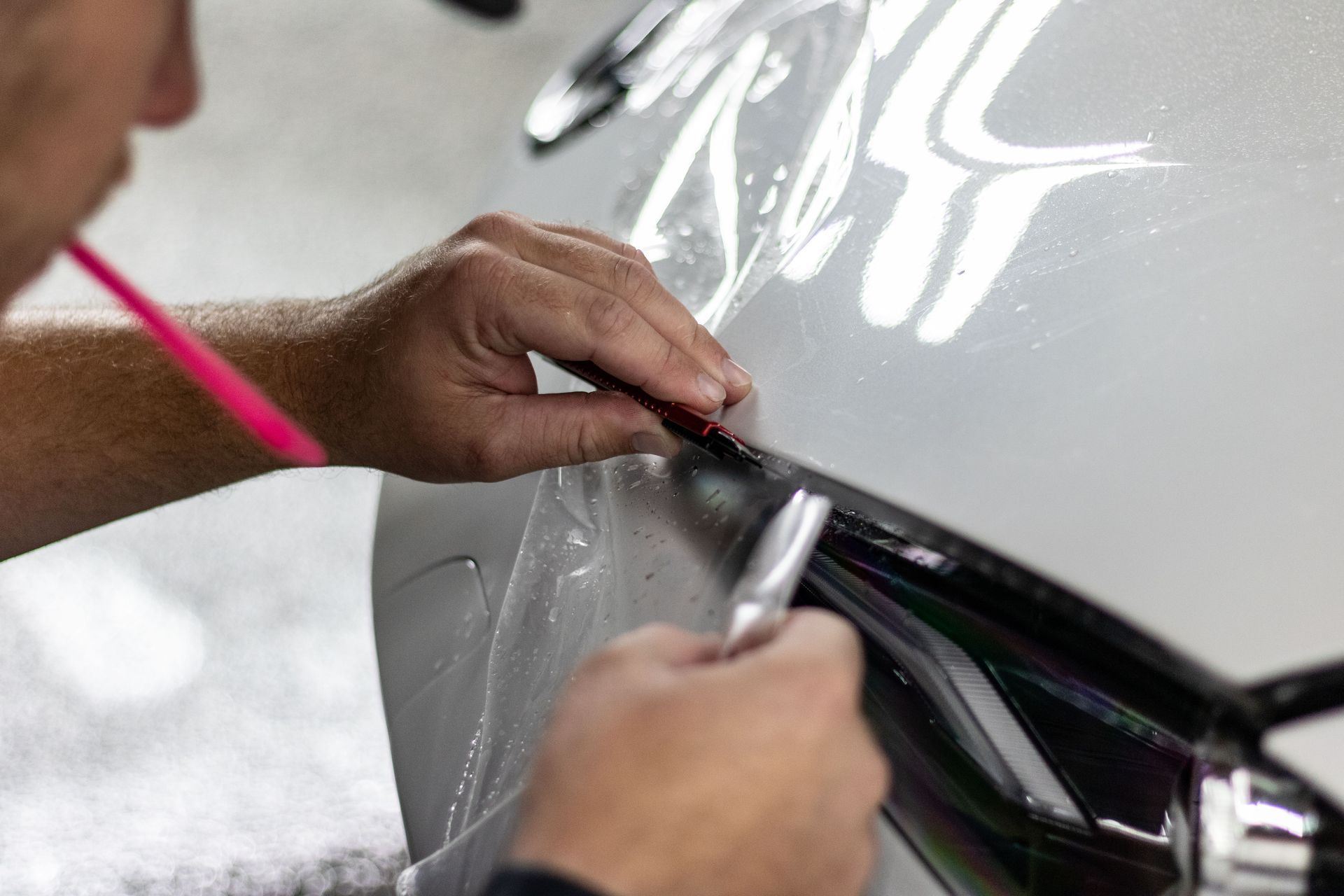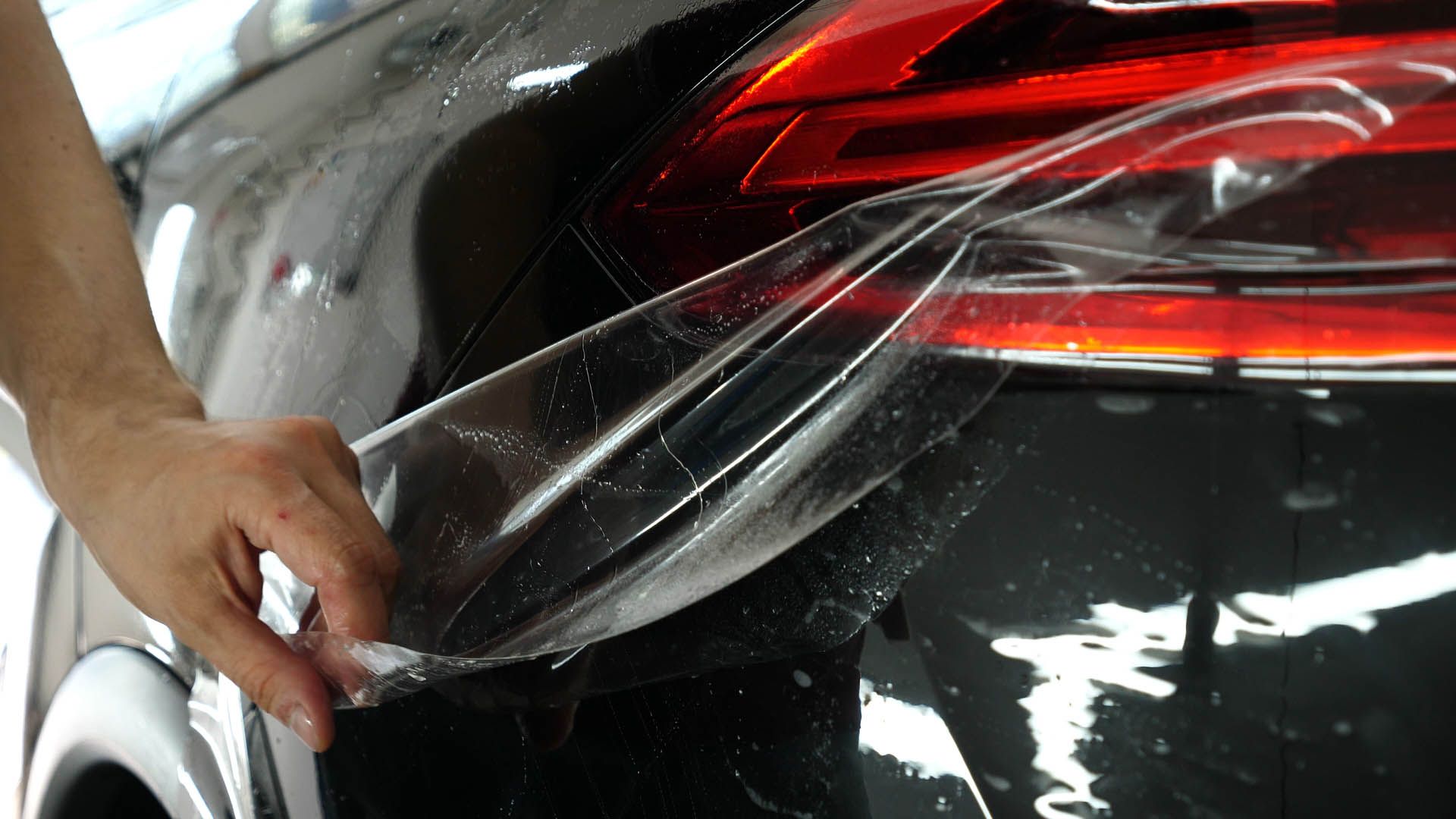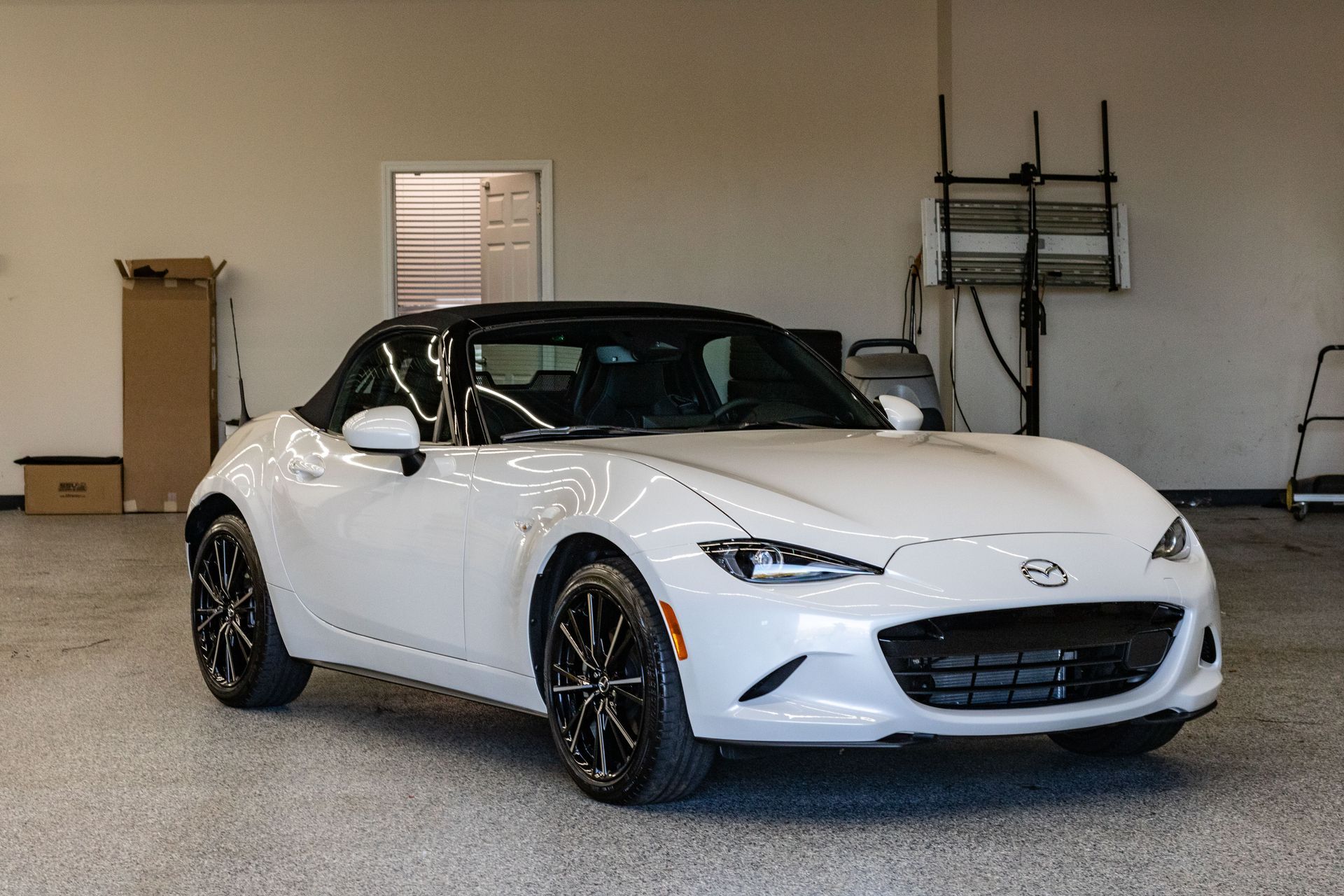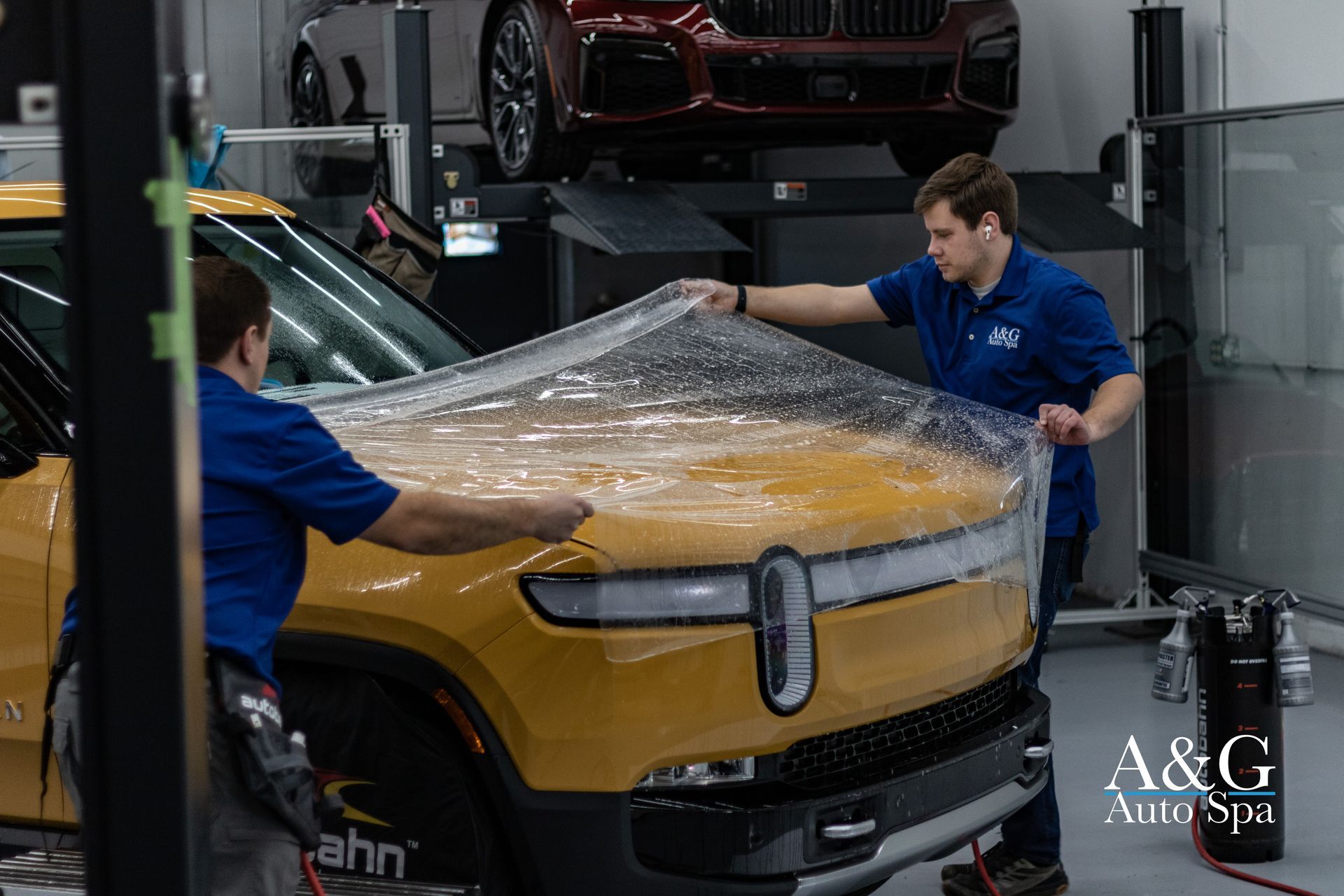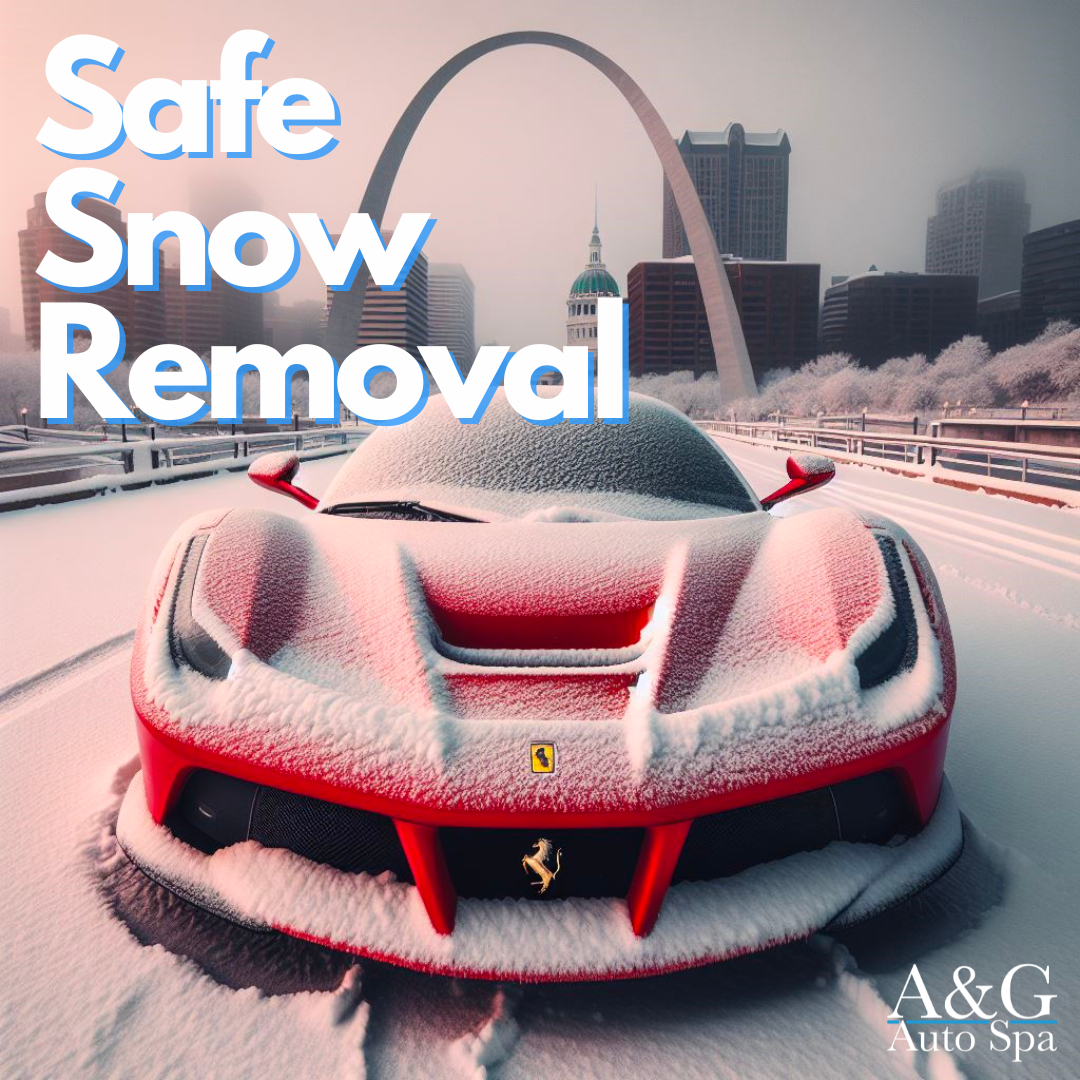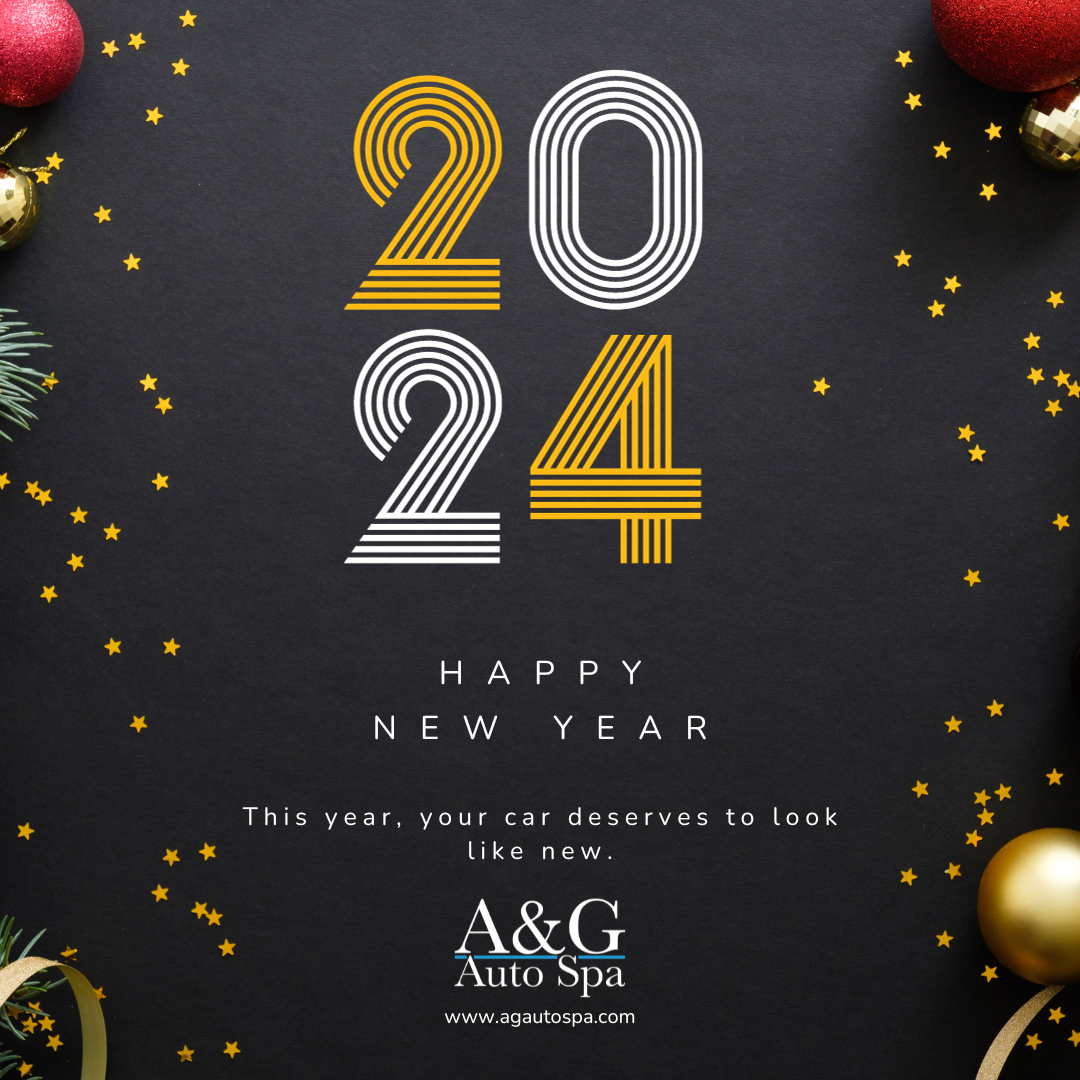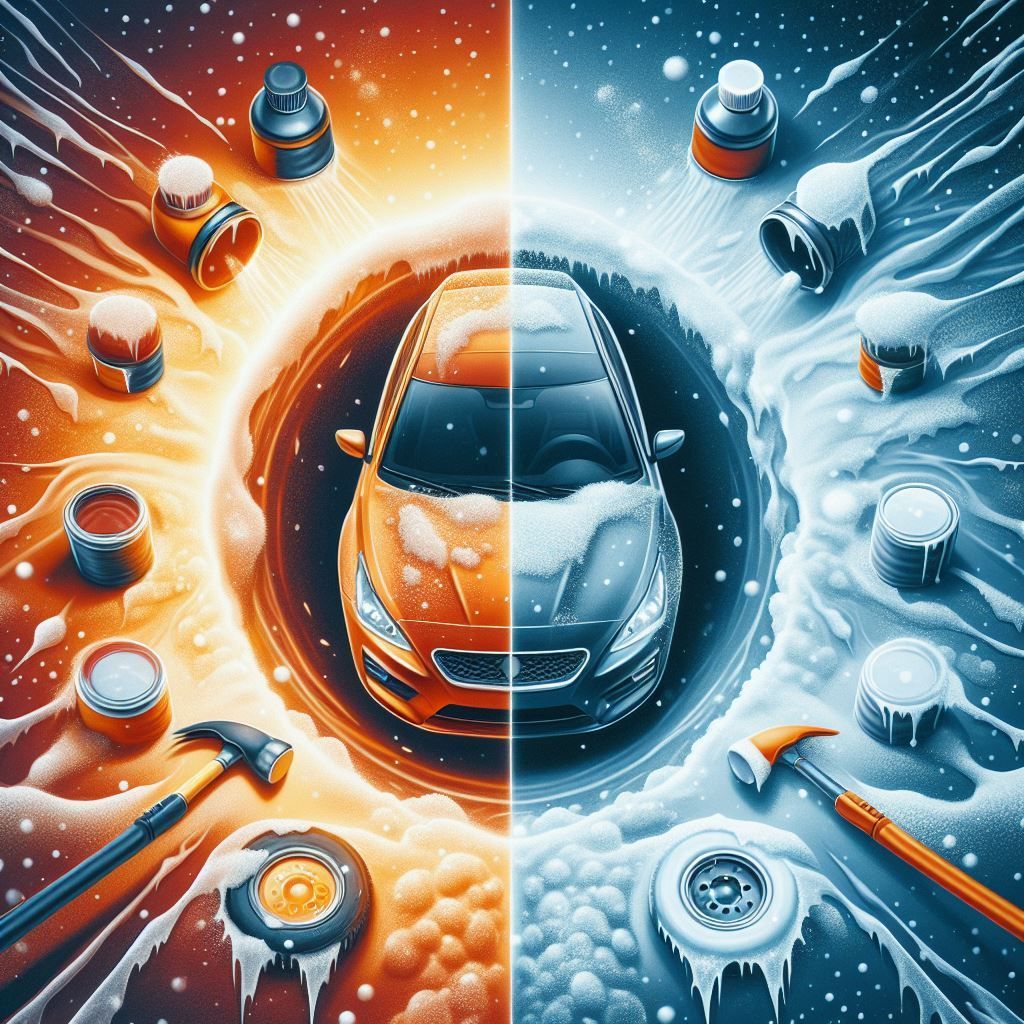Best Time to Apply Ceramic Coating on Your Car for Ultimate Protection
When it comes to applying ceramic coating, many people focus on the quality of the product and the skill of the technician. While these are undeniably important, one often overlooked factor is the weather. Weather conditions play a critical role in determining how effectively the coating bonds to your car’s surface and how well it performs over time. Applying ceramic coating in the wrong weather can lead to uneven application, improper curing, or a finish that doesn’t last as long as it should. To ensure your ceramic coating delivers the ultimate protection and a flawless, glossy finish, choosing the ideal weather conditions is key. In this blog, we will discuss the best time to apply ceramic coating to your car!
Why Weather Affects Ceramic Coating Application
Ceramic coating is a liquid polymer that bonds with your car’s paint to form a durable protective layer. For the coating to bond effectively, specific environmental conditions are necessary. The appropriate temperature, humidity, and weather stability can significantly influence the adhesion and curing of the coating. Harsh or extreme weather conditions—such as high heat, freezing temperatures, or high humidity—can interfere with the application process, leading to poor results.
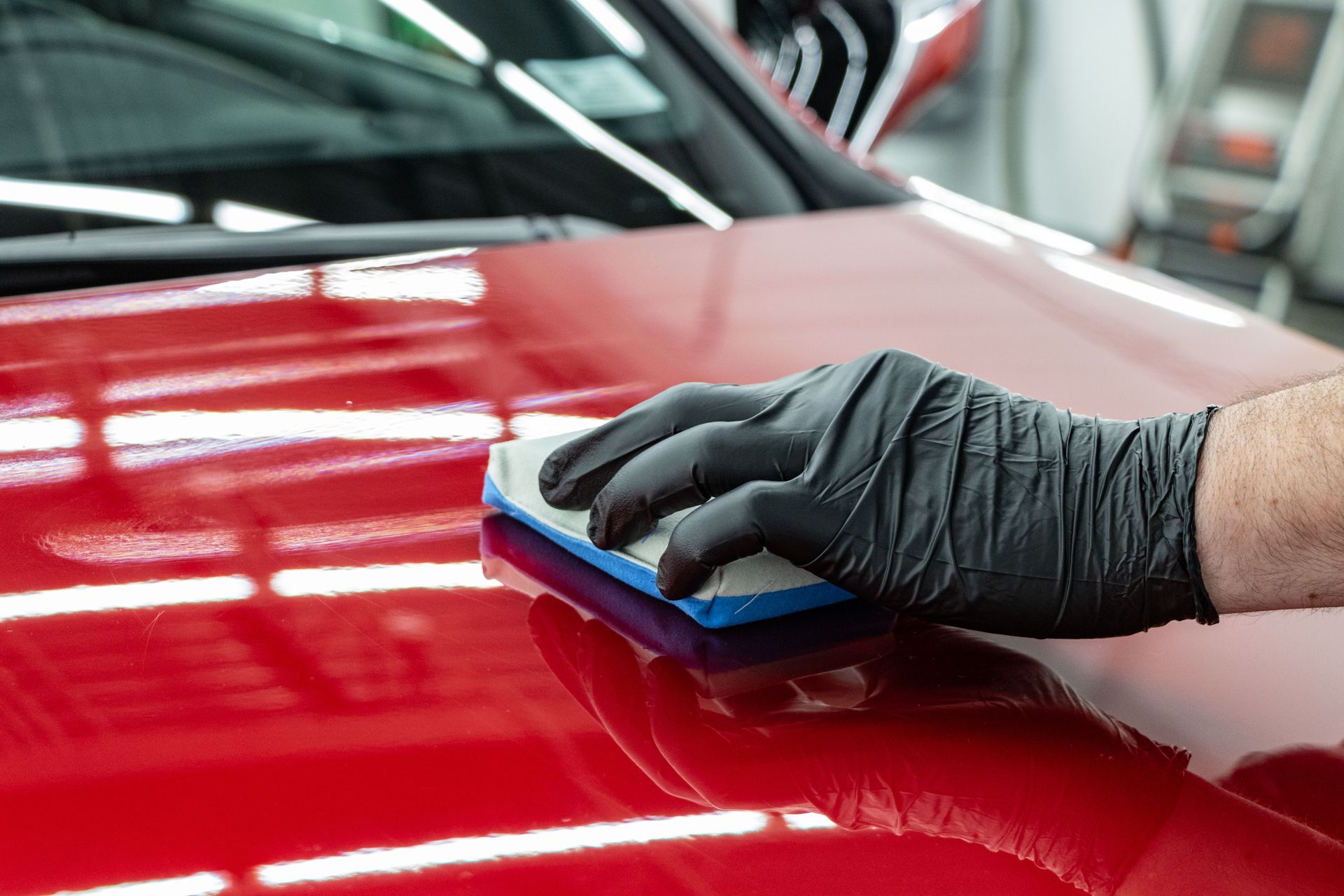
Best Weather Conditions for Ceramic Coating Applications
To maximize the benefits of ceramic coating, it’s essential to plan the application process during weather conditions that promote proper curing and durability. Below, we’ll break down the ideal weather conditions to ensure your ceramic coating achieves the flawless finish you’re looking for.
1. Moderate Temperatures
Temperature plays a major role in how well ceramic coating bonds to your car’s paint. The sweet spot for ceramic coating application is between 50°F and 80°F. Temperatures that are too high can cause the coating to dry too quickly, leading to streaks, uneven coverage, or even cracking. On the other hand, cold temperatures can slow down the curing process, making it difficult for the coating to bond properly to the surface. Moderate temperatures ensure that the coating cures evenly, providing maximum protection and a smooth finish.
2. Low Humidity Levels
Humidity is another important factor to consider when applying ceramic coating. High humidity levels can interfere with the bonding process by introducing excess moisture to the surface, which prevents the coating from adhering correctly. Additionally, high humidity can prolong the curing time and result in a hazy or uneven finish. Ideal conditions involve low to moderate humidity, which allows the coating to bond smoothly and dry at the proper rate for long-lasting results.
3. Clear Weather with No Rain or Snow
Ceramic coating needs time to cure properly before being exposed to water. Rain or snow immediately after application can wash away the coating or cause uneven bonding, reducing its effectiveness. It’s best to apply ceramic coating when the weather forecast is clear for at least 24 to 48 hours to give the coating time to bond and cure undisturbed. If you’re applying the coating outdoors, avoid windy conditions as well, as dust or debris can stick to the surface and compromise the finish.
4. Controlled Indoor Environments as an Alternative
While weather conditions are crucial for outdoor applications, many professional detailers recommend applying ceramic coating indoors in a controlled environment, such as a garage or detailing studio. This eliminates the risks posed by fluctuating outdoor temperatures, humidity, and weather changes, ensuring consistent results. If you have access to an indoor space, you can achieve the ideal "weather conditions" year-round, regardless of the season.
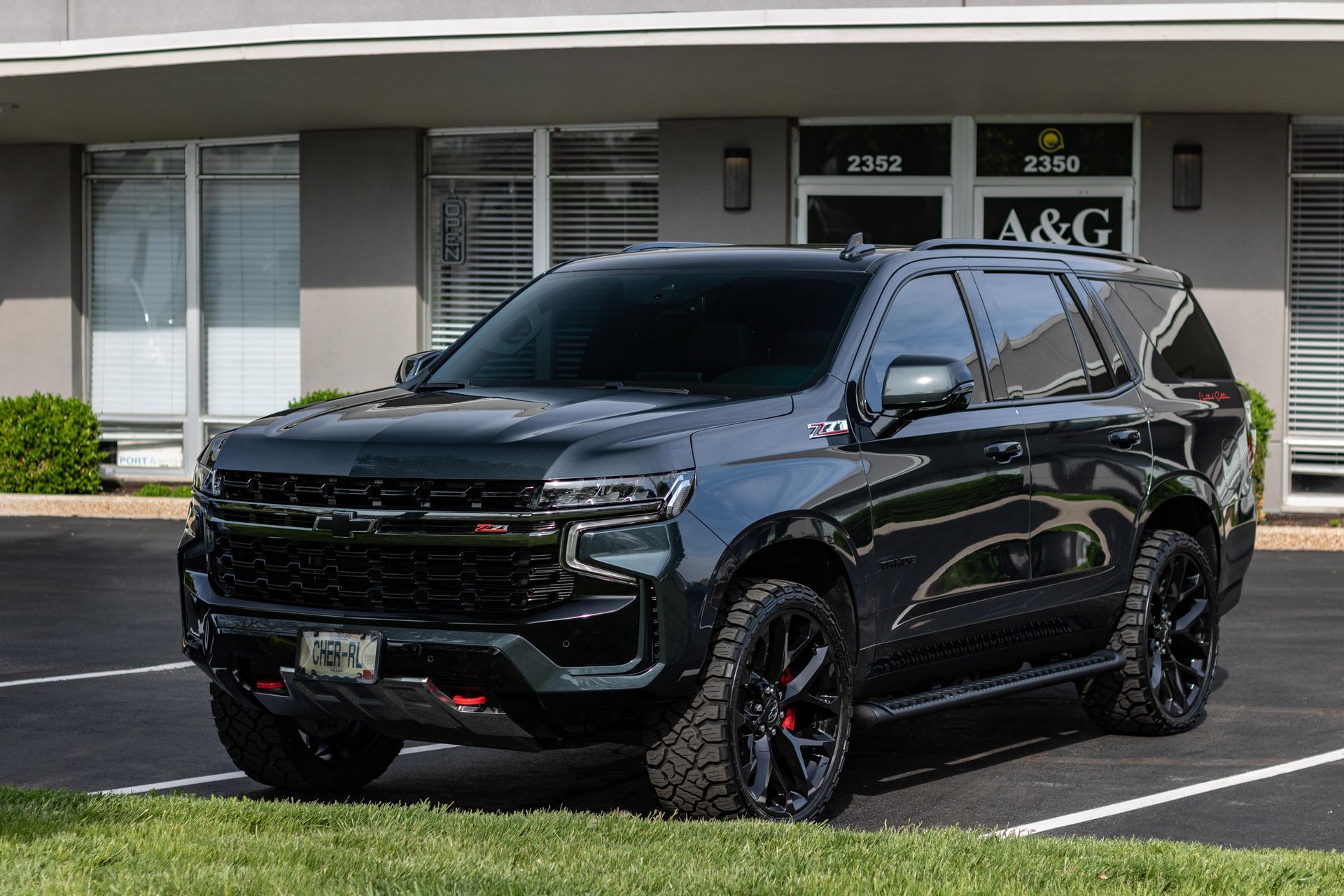
Optimal Times for Ceramic Coating Application
The ideal seasons for applying ceramic coating are spring and autumn, with specific considerations that make these times far superior to the harsh conditions of summer and winter. If you’re applying ceramic coating yourself or scheduling an appointment with a professional, always check the weather forecast ahead of time. Aim for a day with moderate temperatures, low humidity, and no precipitation in the forecast for at least two days. Planning ensures that both you and your car are prepared for the process, resulting in a smooth application and a durable high-gloss finish.
Spring and Fall
Spring and fall are often considered the best seasons for ceramic coating applications. During these times, temperatures tend to be moderate, and humidity levels are usually lower than in the summer. Applying ceramic coating in the spring prepares your vehicle for the harsh UV rays and bugs of summer while applying it in the fall protects it from the road salt, snow, and ice of winter.
Summer and Winter
Summer and winter, while possible for ceramic coating, require extra precautions. In summer, high temperatures can cause the coating to cure too quickly, while in winter, cold temperatures can prevent the coating from bonding properly. If you need to apply ceramic coating during these seasons, it’s best to do so in an indoor, climate-controlled environment to ensure consistent results.
Considering this seasonal insight will guide your decision-making when bringing your vehicle in for professional care and enhanced durability.
Benefits of Timing It Right
Applying a ceramic coating at the right moment can yield remarkable results. Applying ceramic coatings at the appropriate time has the following advantages:
Enhanced Durability
Choosing to coat your vehicle during spring or autumn means you're working under conditions that promote better bonding between the coating and your car's paint. Warmer temperatures combined with lower humidity lead to an impeccable application, ensuring the coating adheres properly and forms a solid barrier. According to experiences shared by industry professionals, coatings applied under these conditions can last up to 30% longer than those applied during extreme weather, like high summer heat or frigid winter cold.
Improved Appearance
Not only does perfect timing contribute to durability, but it also enhances the aesthetic appeal of your car. Applying ceramic coating during seasons with ideal weather doesn’t just protect your vehicle; it elevates its visual impact too. Our detailers have observed that when ceramic coatings are applied in comfortable conditions—particularly during spring or fall—the paint appears glossier and richer in color. This is largely due to the reduction of contaminants in the air and proper curing conditions that help the coating settle nicely on the surface.
From enhancing durability to elevating appearance, every decision you make regarding conditions leads to a more satisfying outcome for your cherished vehicle.
Ready to Protect Your Vehicle? Contact A&G Auto Spa Today!
When it comes to ceramic coating, timing is crucial, and at A&G Auto Spa, we've refined the process to guarantee impeccable outcomes. Our state-of-the-art facility, certified technicians, and industry-leading products ensure a controlled environment for ceramic coating application, regardless of the season. Don't rely on luck when it comes to your vehicle's protection—allow us to assist you in achieving the best results from the start.
Contact us today to schedule your ceramic coating service or to learn more about our vehicle protection packages. Call us at (314) 575-0953 or visit our shop in Maryland Heights, MO, or fill out our online form to book your appointment. Let us help you protect your car with expert care and precision!

